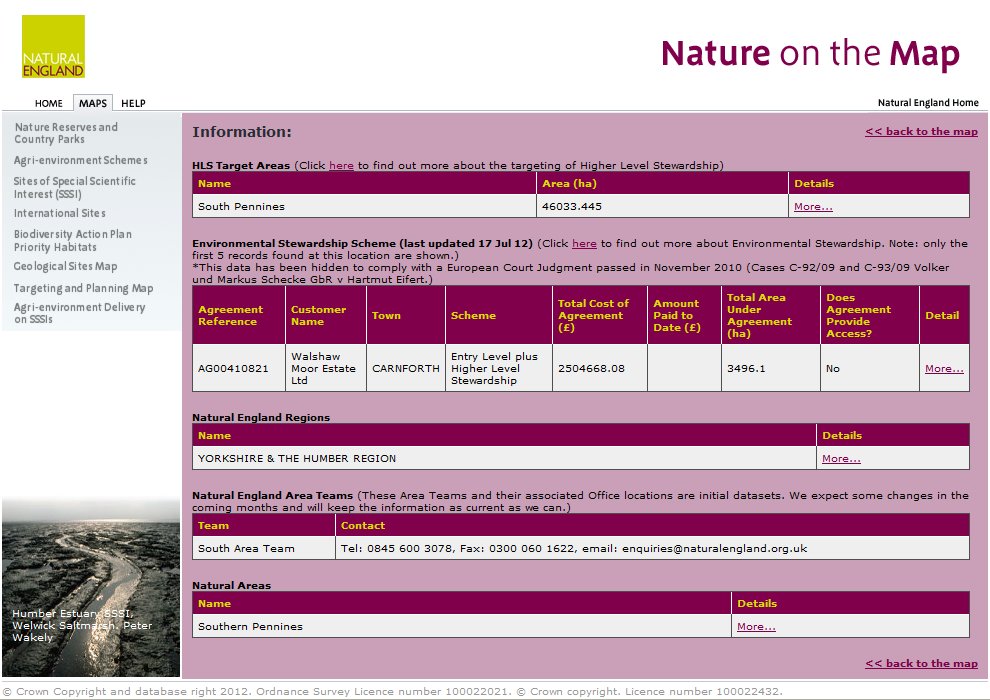Walshaw Moor Estate Ltd (WME) is to receive a publicly-funded subsidy payment of £2,504,668.08, over the 10 year period of its Environmental Stewardship Agreement with Natural England. Starting from June 2012, the Agreement -Number AG00410821 – covers 3,486.1 hectares and commits WME to carrying out a range of environmental management measures.
Why is Natural England allowing WME to burn blanket bog, when the Burning Code strongly advocates a ban on burning this habitat?
The Agreement allows “controlled” blanket bog burning – despite the already degraded state of the blanket bogs. This goes against Natural England’s original intention of banning blanket bog burning on Walshaw Moor Estate. It tried to enforce the ban in 2011, by modifying the previous Consent and starting prosecuting Walshaw Moor Estate Ltd for criminal damage to protected habitats and wildlife last – before dropping the case to widespread public consternation and the delight of grouse moor owners.
Because the WME land is a Site of Special Scientific Interest, it can only carry out activities if Natural England consents to them. In the 2012 Consent, Natural England appears to sidestep the Heather and Grass Burning Code. The Code strongly advocates a ban on burning sensitive areas (which include blanket bog), unless there are special circumstances where the advantages of burning outweigh the disadvantages. But the 2012 Consent permits burning on both active and degraded blanket bog – types of habitat that the Heather and Grass Burning Code categorise as ‘sensitive areas’.
This seems to make a mockery of the fact that Natural England’s Notice of Proposal and Consent also says:
“Sensitive areas: no burning”
The Notice of Proposal and Consent also has another apparent let-out clause:
“WME will use reasonable endeavours to comply with the Heather and Grass Burning Code 2007…save where this is not compatible with the terms of this proposal and consent”
Which presumably relates to the exception to the Code.
Natural England’s explanation for sidestepping the Burning Code
I find this very strange and asked Natural England to explain. This is their emailed answer:
“The Heather and Grass burning code is a voluntary code that outlines best practice. The code itself is not law. It recognises that burning plans agreed with Natural England may vary from the code and where they do these plans take precedence. This reflects that the code is by its nature generic, whereas individual agreements and burning plans will be specific and tailored to local circumstances
The section of the code on sensitive areas relating to peat bog and wet heathland states that these areas should not be burned ‘other than in line with a management plan agreed with Natural England’. The consent defines the agreed management operations (grazing, burning and use of vehicles) and so burning of these areas defined in this context does not contradict the code.
Overall the consent establishes agreed limits to the scale of management activity in the place of earlier imprecise consents. Burning activities on the Walshaw Estate will now be subject to specific controls – burning will not be permitted in areas where heather amounts to less than 50% of the vegetation and limits have been set regarding the length of rotations.”
- the Heather & Grass Burning Code says, “there should be a strong presumption against burning sensitive areas. Doing so may permanently damage the environmental interest of the land and may be unlawful. In special circumstances, the advantages of burning on sensitive areas may outweigh the disadvantages.” So I suppose the next question is, what are the special circumstances on WME?
The map shows the WME area in Environmental Stewardship Agreement Number AG00410821
Updated 11 Sept 2012 with Natural England’s answer to my question.
Updated 24 Nov 2012


